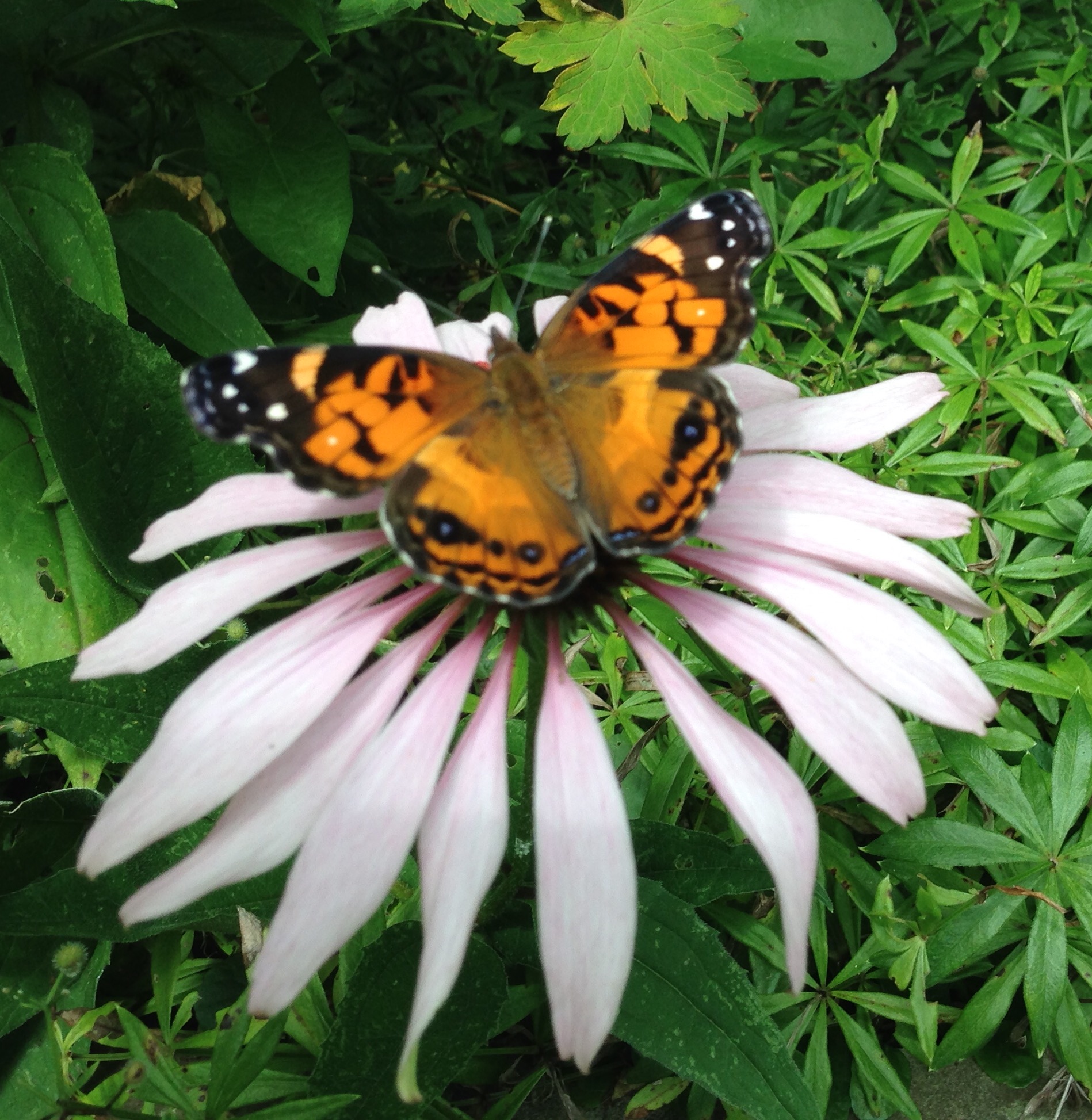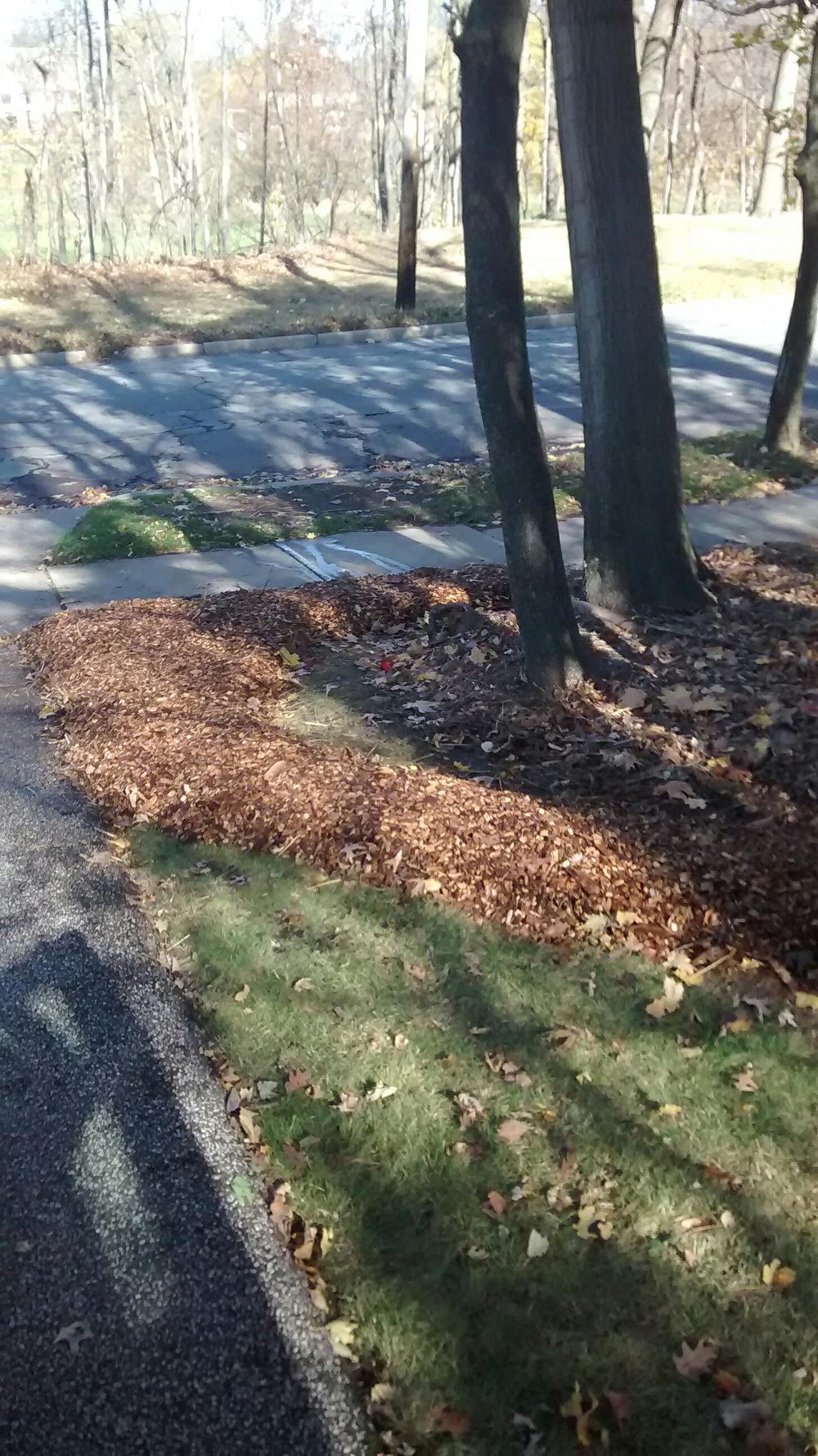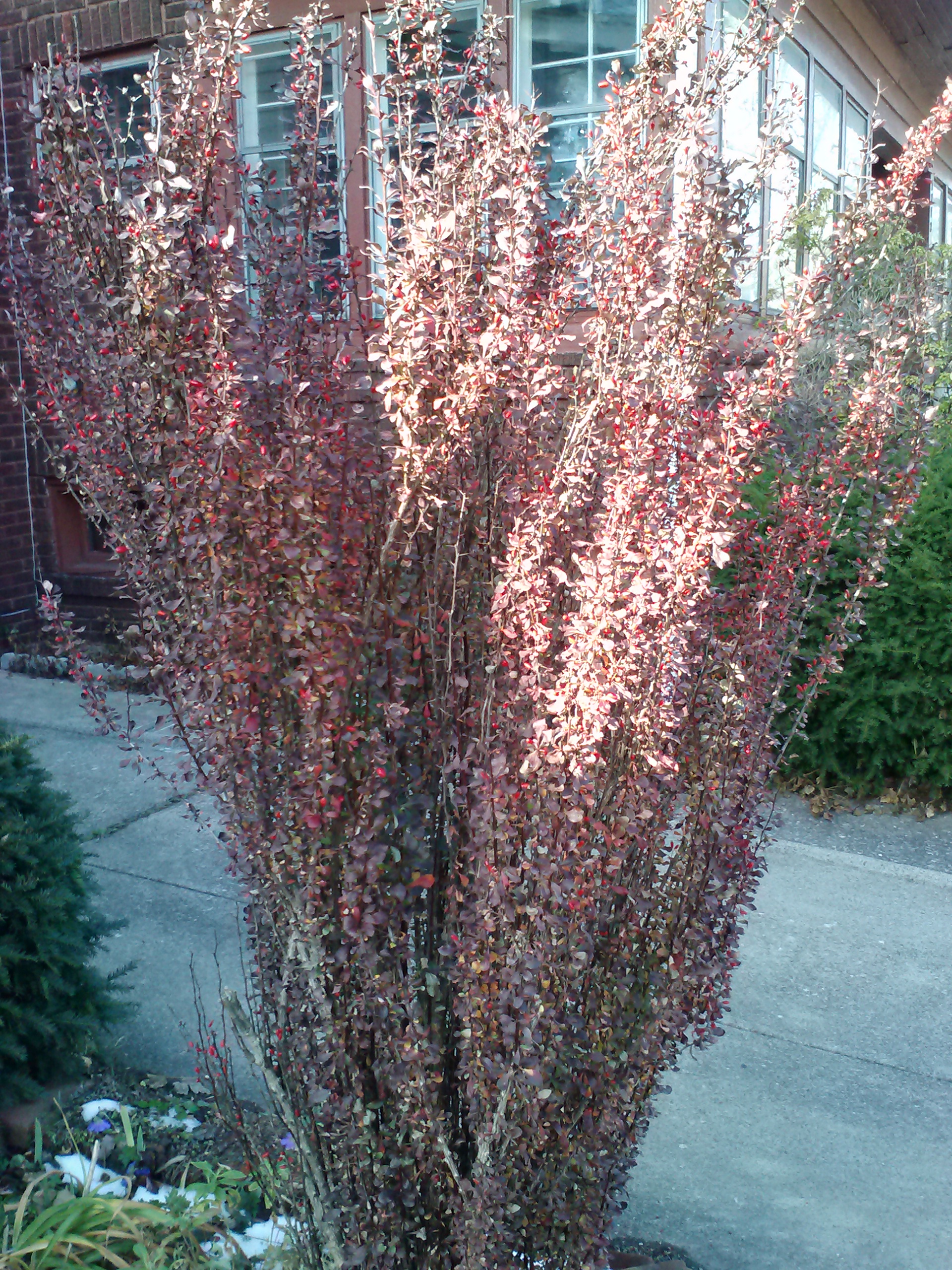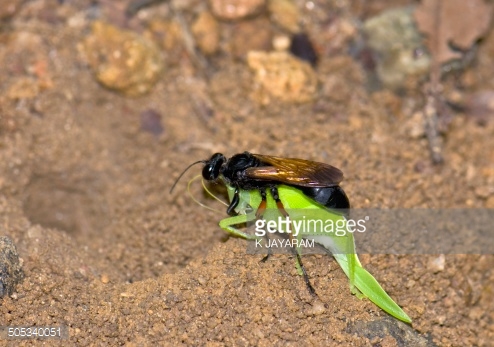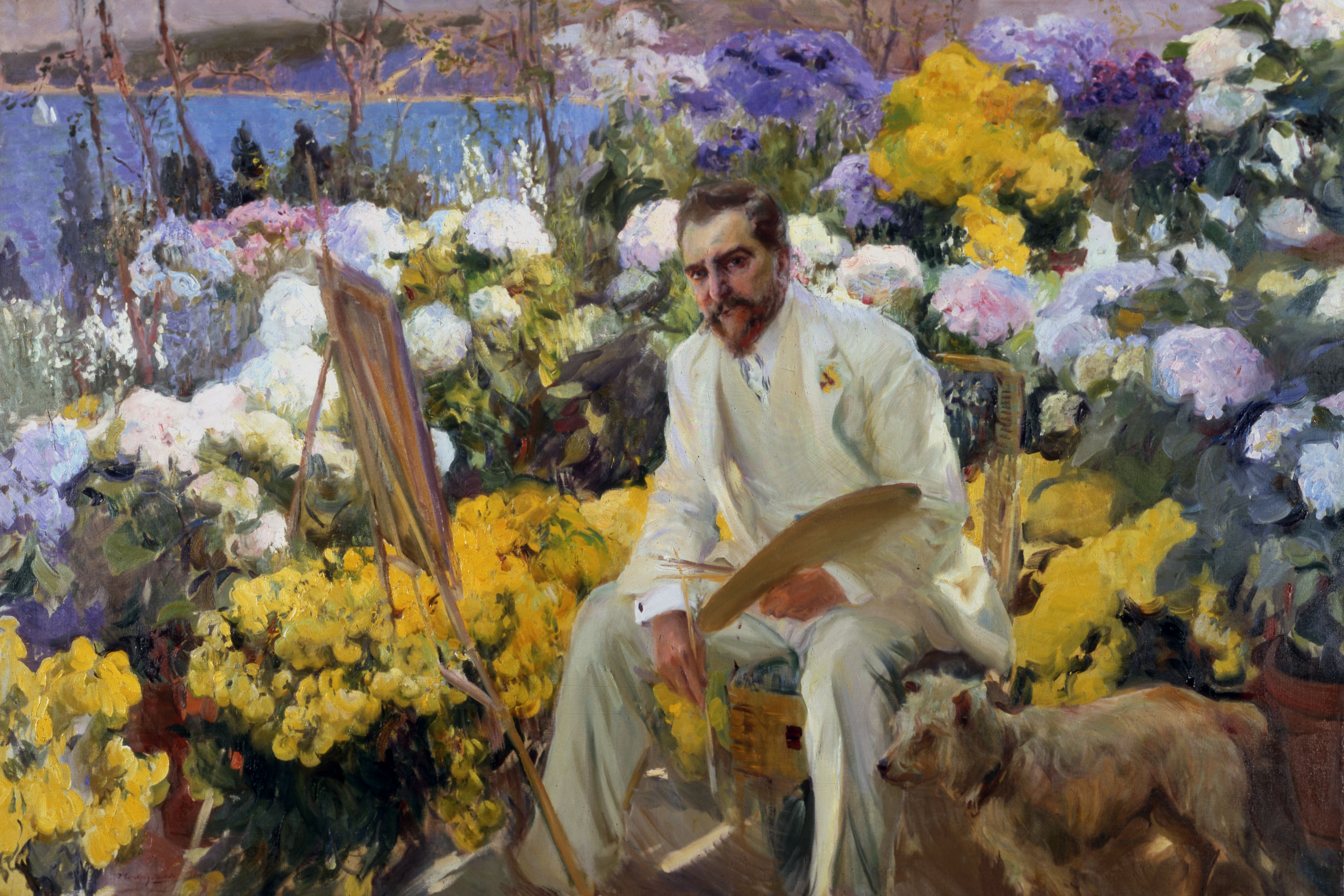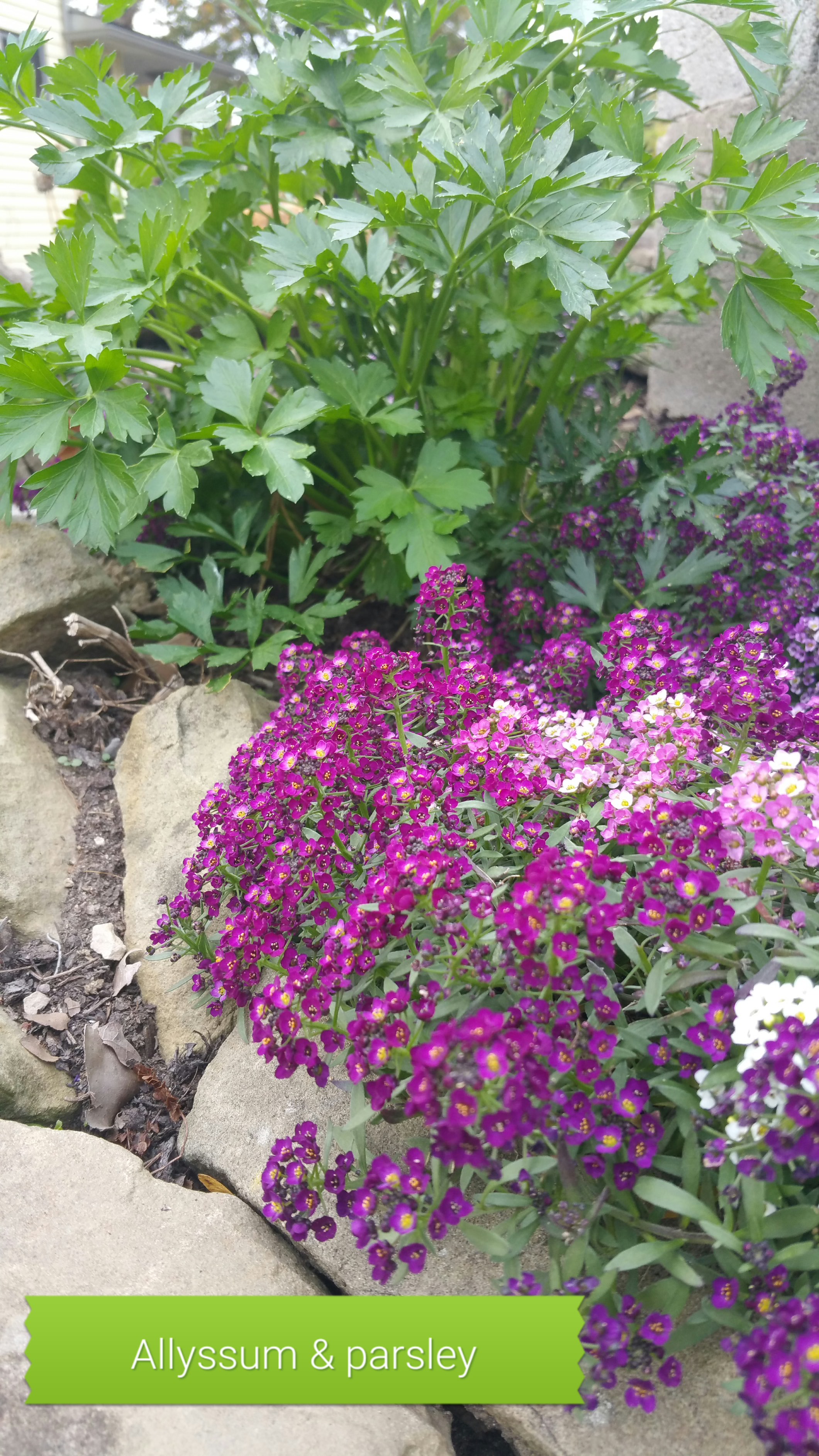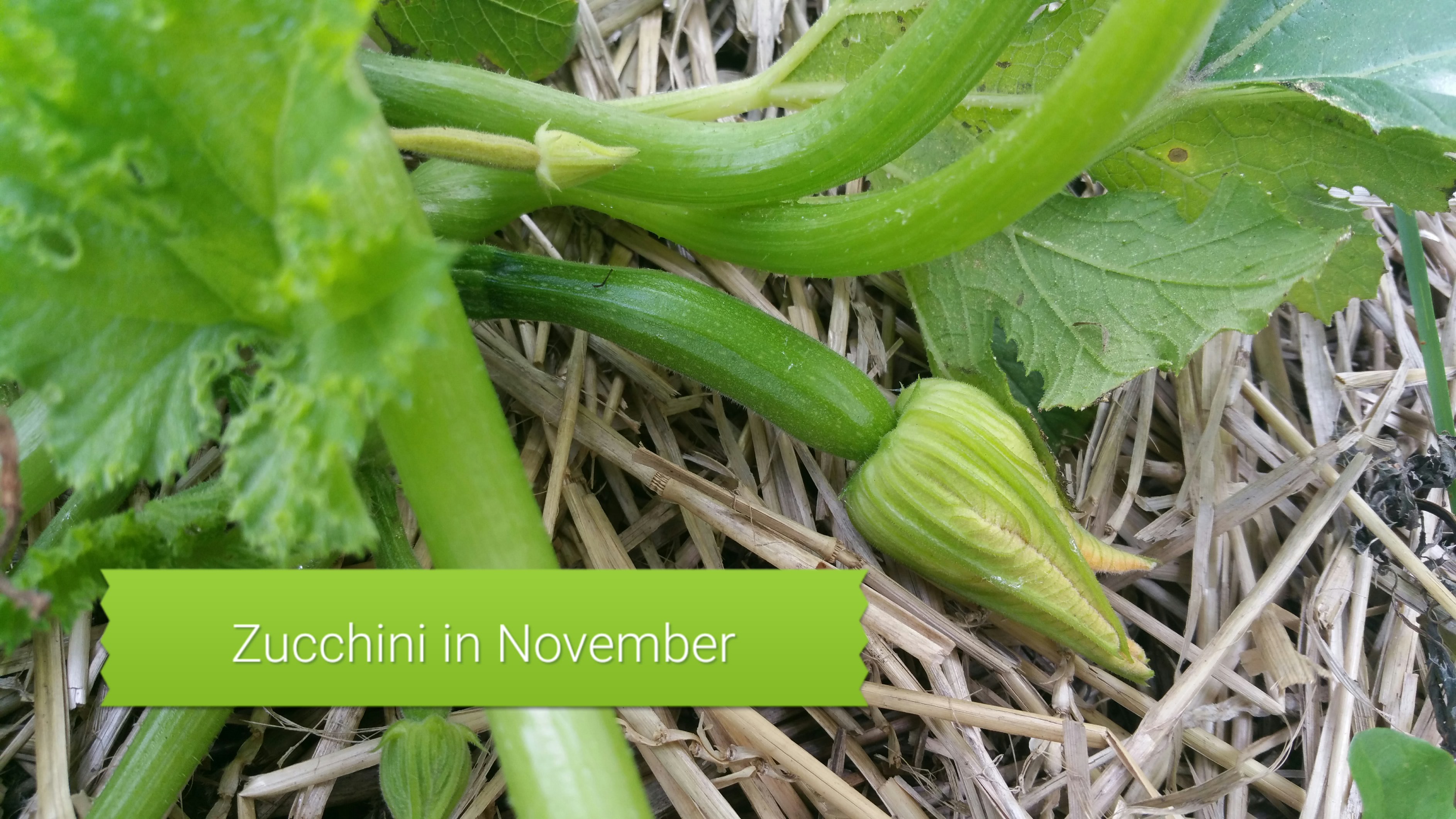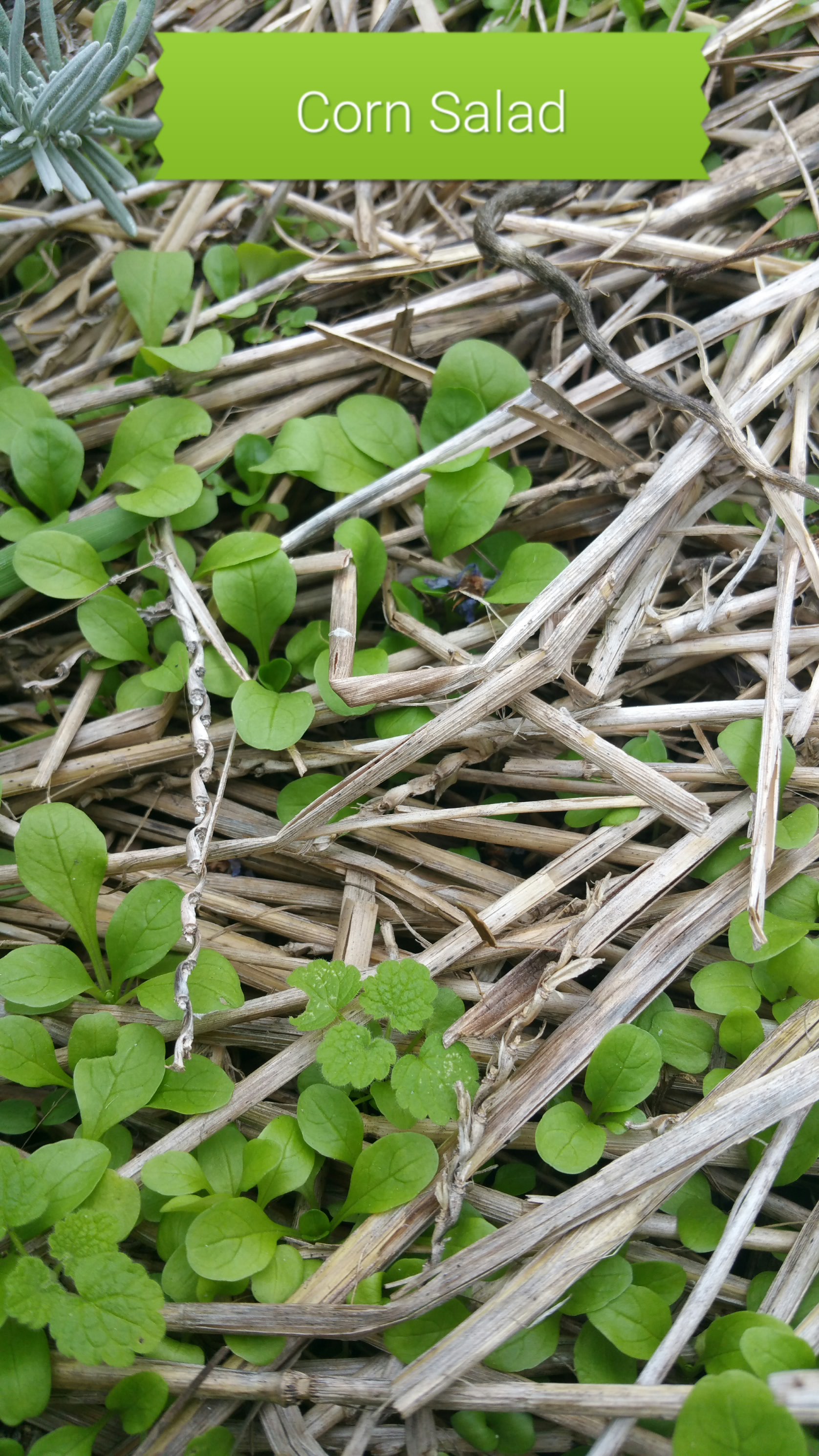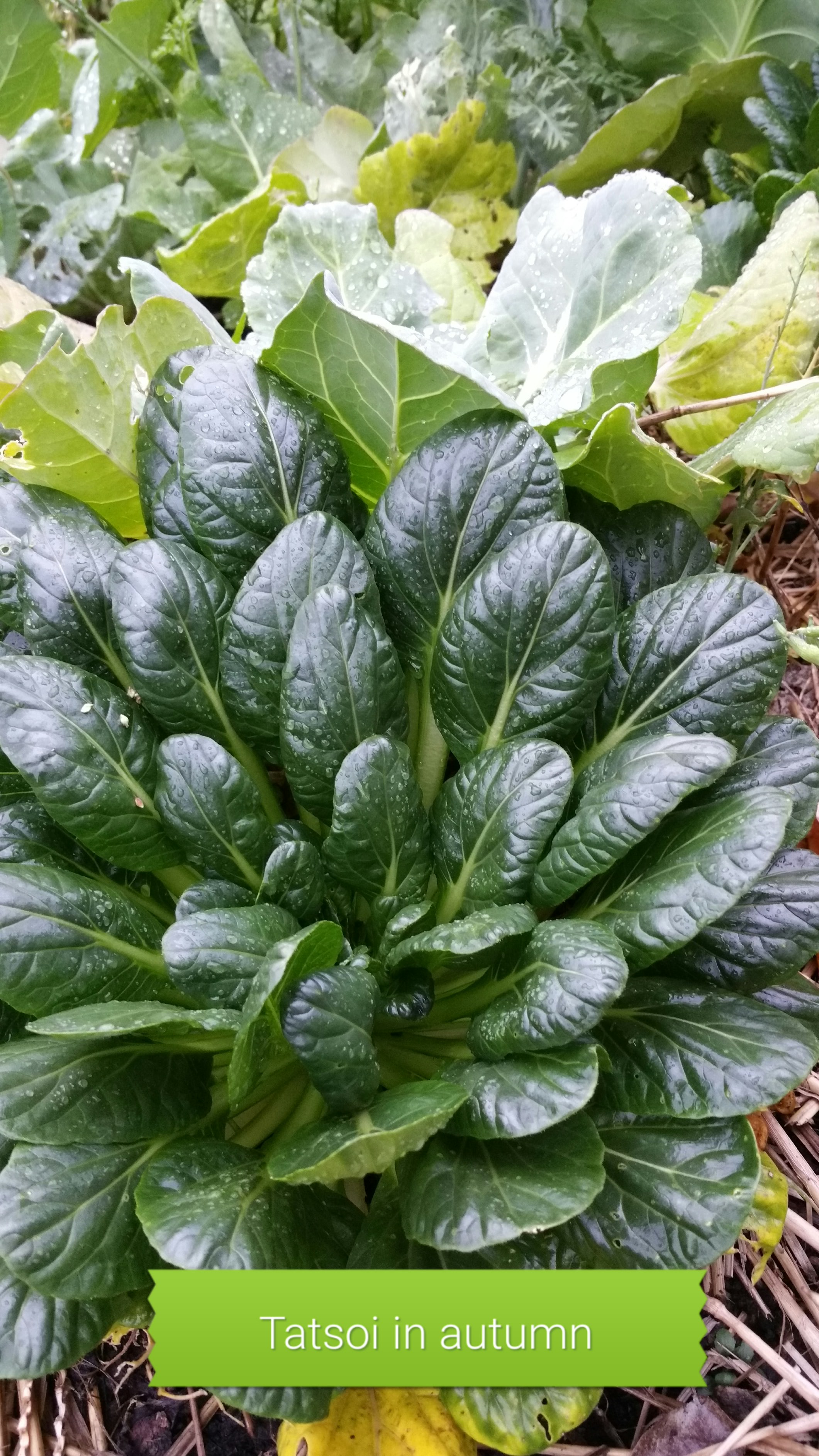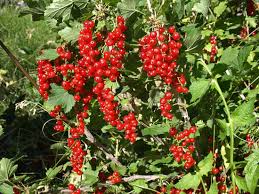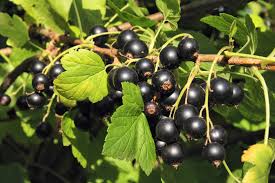GARDENOPOLIS Cleveland thanks Thomas Christopher and Garden Rant for this interesting and relevant article.
Perennials that won’t tolerate leaf mulches by Thomas Christopher
In a recent post, Evelyn Hadden shared some very useful tips on how fall’s leaves can be used in the garden. As a perennial enthusiast, I’d like to add a couple of caveats – a mulch of autumn leaves can be fatal to certain kinds of perennials.
A mulch of freshly fallen leaves applied an inch or two thick, or even just a heavy leaf fall from nearby trees, tends to keep the ground beneath it damp, especially if the leaves are large and you don’t shred them before applying them (I always recommend shredding leaves with a dedicated leaf shredder or a lawn mower when using them as mulch).
Because they keep the ground damp, leaf mulches of any kind, shredded or otherwise, are not beneficial for silvery, woolly-leaved plants such as lamb’s ears (Stachys byzantina) or lavenders (Lavandula spp.). These plants are adapted to dry sites — their silver hue and hairy surface are adaptions to protect them against dehydration and drought – and they will rot if kept consistently damp.

Gray, hairy plants like this lamb’s ear won’t tolerate leaf mulches
Other perennials that won’t tolerate prolonged dampness include many culinary herbs such as thyme, oregano, and sage, all of which are native to the dry, rocky soils found around the Mediterranean. In fact, Mediterranean plants as a whole generally do not flourish when swaddled with leaves.
Succulents likewise will rot if kept damp; keep leaf mulches away from your sedums. Alpine plants are also vulnerable to damp, especially in wintertime – do not use leaf mulches in the rock garden (a gravel mulch is far better there).
Finally, as Dale Hendricks emphasized in a recent email, leaf mulches are also problematic for herbaceous evergreens such as heucheras and hellebores. If the mulch is applied simply by raking or blowing leaves onto the garden bed, then it is likely to bury the perennials’ foliage and interfere with their wintertime photosynthesis (a heavy leaf fall from nearby trees can achieve the same thing if left undisturbed). When used around evergreens, I recommend shredding the leaves thoroughly and then tucking the mulch in by hand so as not to bury the foliage.

Care must be used in mulching evergreens like these coral bells
Photos by Susan Harris.
Perennials that won’t tolerate leaf mulches originally appeared on Garden Rant on November 28, 2015.

